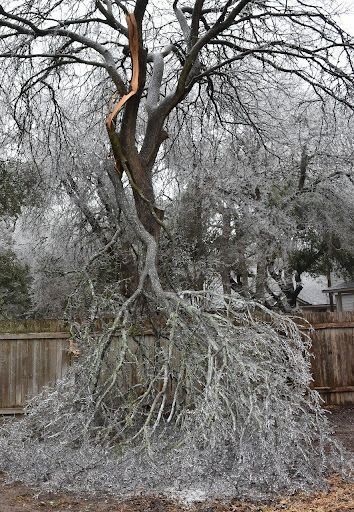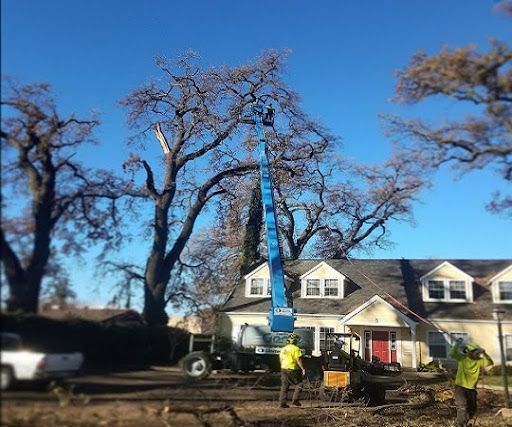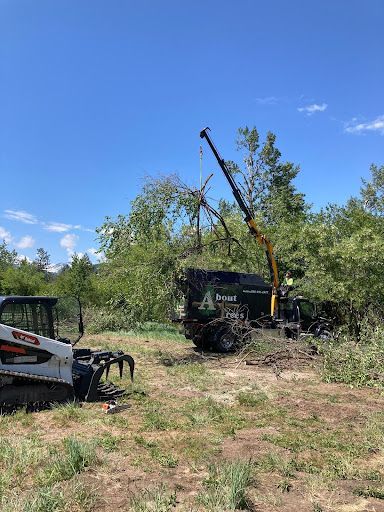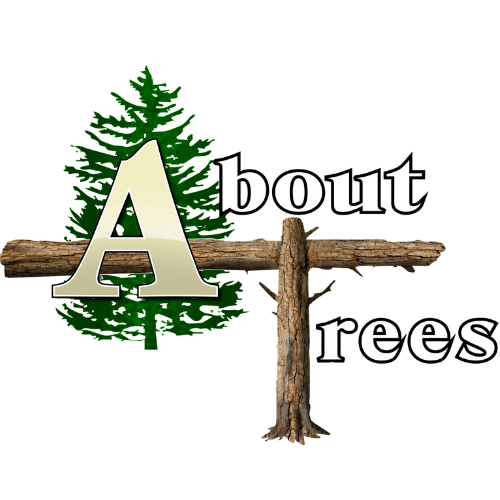Winter Landscapes: How to Protect Your Trees with Snow Laden Limbs
Winter brings with it a serene and enchanting landscape as snow blankets the earth, transforming landscapes into magical winter wonderlands. While the visual spectacle is delightful, property owners often face the challenge of protecting their cherished trees from the weight of snow on tree limbs, including hazardous limbs in trees. In this article, we'll explore the dangers of snow-laden limbs and discover how you can safeguard your trees and shrubs during the winter season.
Understanding the Protective Aspects of Snow-Laden Limbs
Snow laden limbs, also known as snow-covered branches, create a picturesque scene that captures the essence of winter. The accumulation of snow on tree branches not only enhances the aesthetic appeal of your yard but also provides a natural protective layer. The insulation offered by the snow shields plants from harsh winter winds and extreme temperature fluctuations.
Snow Laden Limbs: Identifying and Addressing Risks
Snow-laden limbs pose a unique set of risks during winter, especially for trees and structures. The accumulation of heavy snow on branches can lead to potential hazards. The delicate balance of nature is disrupted when the weight of snow burdens tree limbs, creating a silent threat that, if overlooked, can shatter the tranquility of winter with the ominous crack of breaking branches. Let’s delve into the intricate dance between the beauty of snow-draped trees and the hazards they pose, guiding you in identifying and addressing the risks that accompany this seasonal spectacle.
One primary hazard is limb failure, where the accumulated snow causes branches to break off. This can lead to property damage, injury, or even fatalities if the branches fall onto structures, vehicles, or unsuspecting individuals below. Additionally, the sudden release of snow from limbs can create hazardous conditions, causing avalanches that may harm people or property in the vicinity.
Another risk involves power lines. Snow-laden limbs can come into contact with power lines, potentially leading to electrical outages, fires, or electrocution hazards. It is imperative to be vigilant in identifying limbs in proximity to power lines and taking necessary precautions to mitigate these dangers.
Furthermore, the excess weight on tree limbs can alter the tree's balance, making it more prone to uprooting. Trees with compromised structural integrity are at risk of falling, posing a threat to nearby structures and individuals. Regular inspection and timely identification of these risks are essential to minimize potential hazards associated with snow-laden limbs.

Tips for Protecting Your Trees with Snow Laden Limbs
Timely Inspection:
Regularly inspect your trees before winter storms to identify weak or overhanging limbs prone to snow accumulation.
Pruning Practices:
Trim branches strategically to reduce snow load and prevent excessive stress on tree limbs. Schedule pruning during the dormant season to minimize stress on the tree and promote optimal healing.
Remove Dead or Weak Branches:
Remove dead or weak branches prone to breakage under snow load. This proactive pruning minimizes the risk of damage, ensuring the tree's resilience during winter storms and safeguarding against potential hazards caused by the weight of accumulated snow.
Mulching and Support Structures: Consider installing support structures like cabling or bracing for large branches to distribute weight and prevent breakage. Apply a layer of mulch around the tree base to insulate roots and protect against temperature fluctuations.
Snow Removal Techniques:
Gently brush off accumulated snow from branches using a broom to prevent excessive weight and potential damage. Refrain from knocking ice off branches, as it may cause additional damage to the tree structure.
Professional Tree Service:
Engage a reputable tree service like About Trees for expert advice, conduct thorough assessments, and implement customized preventive measures to address your specific tree care requirements.
Conclusion
As winter sets in, don't let the cold weather dampen your gardening spirits. Instead, leverage the protective benefits of snow-laden limbs, while also addressing the potential hazards posed by weak or damaged branches. By following the tips mentioned above, you can optimize your
winter garden care and ensure that your plants not only survive but also flourish during the frosty months.
Snow Laden Limbs, with their dual role of aesthetic allure and protective prowess, are truly a gift from nature. So, as you step into your winter landscape, embrace the enchantment of snow laden branches and witness the magic unfold.
Contact About Trees Today
For more personalized guidance on winter tree care and landscaping,
Contact About Trees Today. Our expert arborists are dedicated to preserving the health and beauty of your trees throughout every season.
Visit our website today to schedule a consultation. Let us help you nurture your winter landscape and ensure the well-being of your beloved plants.



